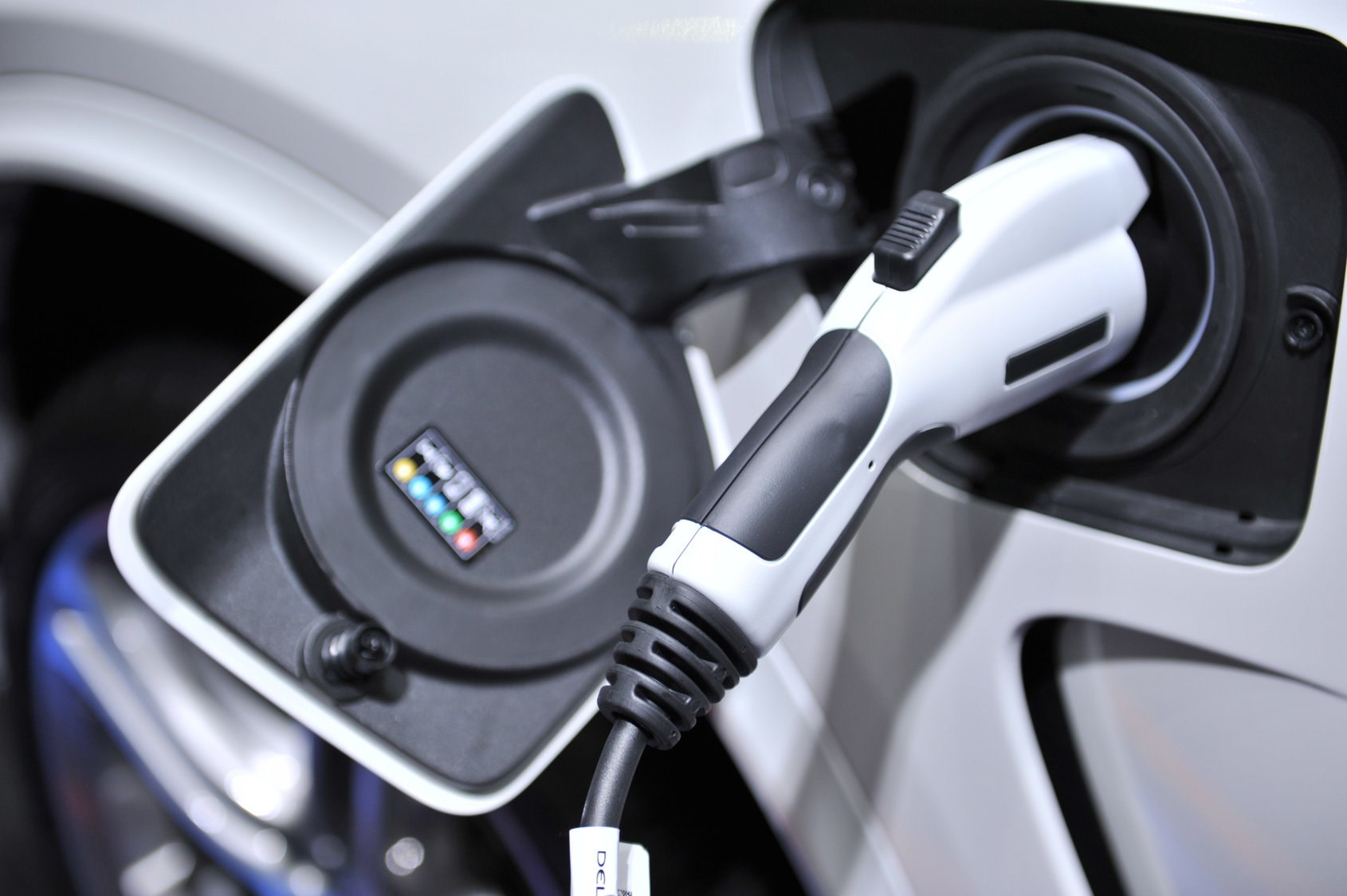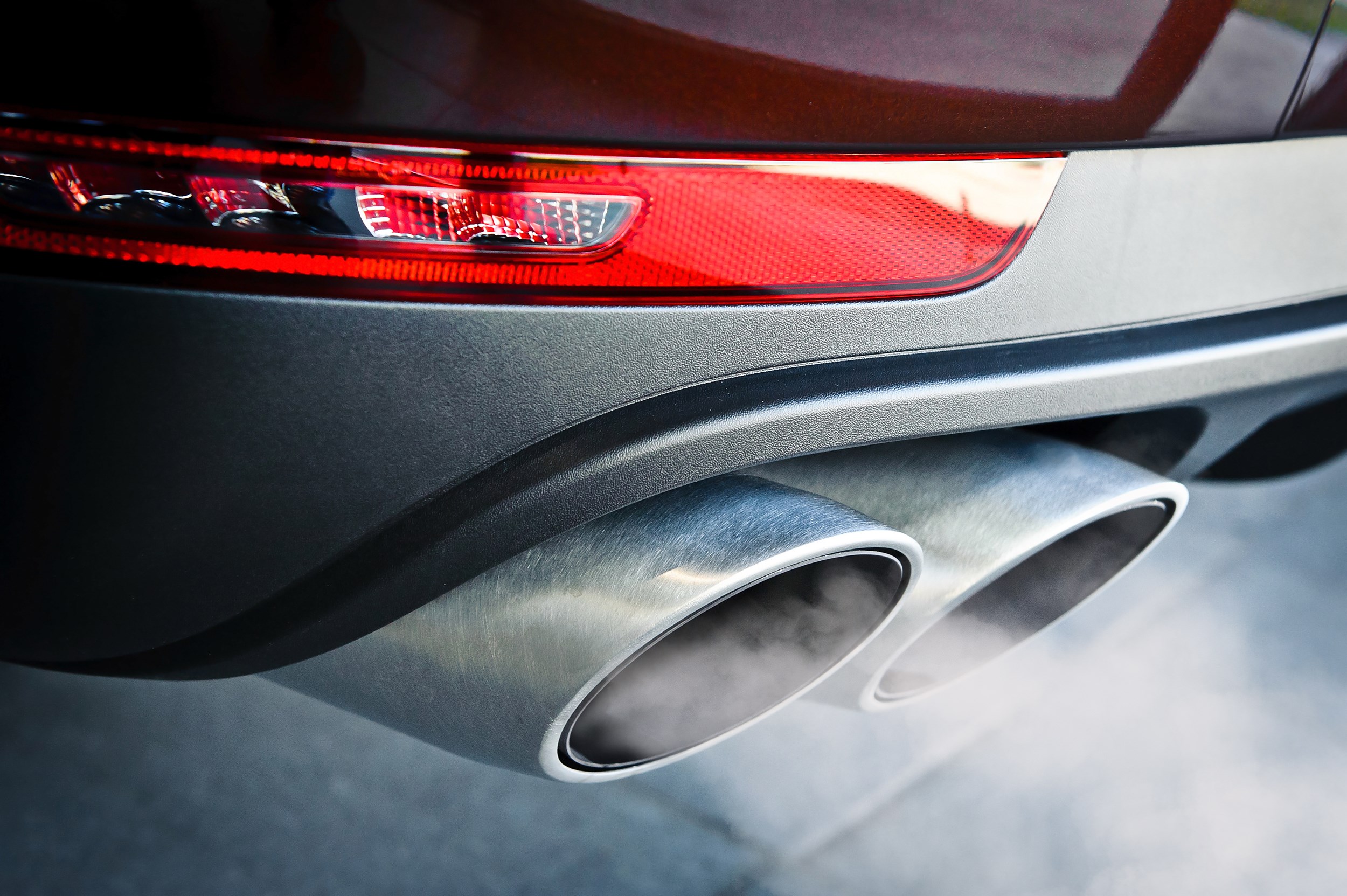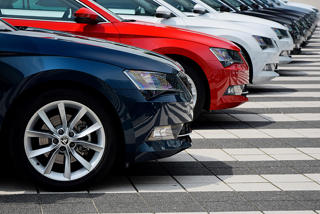When picking a crossover powertrain, diesel used to be the most sensible. A combination of reasons is bringing petrol, hybrid and plug-in hybrids into the mainstream.
The progress path for SUVs and crossovers hasn’t always run smoothly. Many were priced out as company cars following the onset of CO2-based company car tax in 2002.
If their suitability as mainstream company cars was threatened then, they received a further setback in the 2008 financial crisis and recession as businesses became keener to scrutinise costs and cut back where possible.

In addition there was always the redeployment issue that made fleet operators cautious.
If a member of staff chose a thirsty SUV as their company car then left, it would have been a difficult vehicle to reassign to another member of staff.
The 4x4 would have seemed a high-end alternative to a traditional company car, but taking on higher fuel costs and tax liability would have provided a reality check for anyone tempted to accept one.
However, during the past 10 years we have seen options that are competitive with mainstream hatchbacks for cost and tax liability. In addition, some work out even cheaper if used the right way.
For most of the time company car drivers have had these vehicles available, choosing the diesel variants has made most sense.
But, more recently, the option of hybrids has become a factor in influencing user-chooser decisions.

One of the reasons a diesel car in 2017 might be less appealing than a decade ago is the increasing front-end price factored into depreciation costs.
In 2007, cars were required to be compliant with Euro 4 emissions rules.
The Euro 6 emissions rules now in force are more stringent, and require many diesels to carry a higher level of exhaust after-treatment, which adds to costs.
These features deliver no additional benefit to the fuel economy or CO2 emissions of diesel cars, which are factors in the running costs to a used car buyer.
It means a higher cost up front because this extra technology will not result in any uplift in the resale value, as fuel costs are not affected and annual road tax is based on CO2.
On top of this given diesel has been making headlines for all the wrong reasons recently, it would be realistic to expect a softening in residual values (RVs) should any official action be taken to discourage customers from choosing diesel.
Currently, diesel can have an advantage in pence-per-mile costs for businesses, but the 3% supplement on company car tax against some petrol models with comparable CO2 emissions often tips the benefit-in-kind (BIK) tax balance in favour of petrol.
In a comparison, the Seat Ateca 1.0 TSI works out just £32 more expensive than the 1.6 TDI over four years/80,000 taking into account service, maintenance and repair (SMR), depreciation and fuel costs.
However, the petrol version presents a £133 saving in employers’ national insurance (NI) contributions in the current tax year, and will continue to be lower than the diesel in future years.
It also has a near £200 saving in BIK this year for a standard rate taxpayer.

The Peugeot 3008 diesel would appear to have a greater advantage over the petrol equivalent, but over a fleet lifecycle, it would still be a much closer comparison than several years ago.
These kinds of patterns can be found across the C-sector SUV landscape, with petrol and diesel costs often separated by a few pounds, with the petrol version frequently delivering lower BIK tax.
In larger crossovers, its far more difficult to find petrol versions on UK price lists to make similar comparisons, although the fact that few petrol models are offered suggests that diesel is the preferred choice and has a greater cost advantage on these vehicles.
However, it’s likely that a hybrid crossover has lower tax liability and is cheaper to run than a diesel version.
Our comparison showing the Lexus RX hybrid with a diesel Mercedes-Benz GLE is something of a mismatch, as the diesel is around the same price as the hybrid, but is rather less powerful, although the Lexus is the best performing example in the range for low CO2 emissions and is in entry-level SE specification.
However, with CO2 emissions of 120g/km and no diesel supplement, the costs advantage over the diesel crossover is significant.
Comparing the Kia Sportage – the best selling crossover in the UK last year – with the similar sized Niro hybrid also suggests hybrid models are now cheaper to operate than diesel in smaller crossovers.
The number of hybrids is growing, with Toyota offering a high-end hybrid version of the Rav4, while its C-HR is not available with a diesel engine.
Plug-in hybrid choices are growing, but simply looking for any plug-in crossover might not offer a significant advantage over diesel.
So far, there are only two plug-in hybrid compact cross-overs – the Kia Niro PHEV, recently added to the Niro range, and the Mini Countryman Cooper S E hybrid.
The Mini is geared more toward performance, while the Kia is a mainstream alternative.
The Mitsubishi Outlander fills the gap between compact and premium plug-in hybrids, and is typically cheaper to run than diesel versions of the Outlander for low- to medium-mileage drivers, as long as they take advantage of charging the battery.
There is a greater benefit in plug-in hybrids achieving CO2 emissions of 50g/km or less in terms of BIK tax bands.
While there are a number of large crossovers with plug-in hybrid options, only a few fall into the lowest BIK band, and the difference is significant when it comes to costs for company car providers and drivers.
Our comparison over four years/40,000 miles shows that, although the BMW X5 plug-in hybrid is priced lower than the Volvo XC90 T8, the Volvo’s sub-50g/km CO2 emissions give it a significant tax and cost advantage over the X5.
Plug-in hybrid cars have been in the news recently because a study found that many drivers didn’t bother recharging them and instead relied on the petrol engine.
This resulted in far worse fuel economy than shown in official figures, and an expensive vehicle to have on a fleet.
Evidence suggests there could be savings in switching from diesel to petrol, petrol or diesel to hybrid, or even plug-in hybrid, as more choices become available and electrified technology becomes more common and the price premium falls.
But driver education is key in realising those savings.
Crossovers: case studies
Stewart Lightbody, Anglian Water

Anglian Water has around 25 SUV/crossover vehicles on its fleet, just more than half with senior management and the rest on the essential user fleet.
While this is a small proportion of its 760-car fleet (of which 700 are essential user), head of fleet Stewart Lightbody forecasts growing demand from his company car drivers.
“There is a desire from our essential user population to have something different,” says Lightbody. “SUVs give them practical space for both business and their family.
They look cooler, they are stylised and they feel premium. In our business, we will see more come onto the fleet.”
SUVs can also offer a solution to employees who suffer back problems or mobility issues.
“We have some SUVs in our essential users for occupational health reasons because they are ergonomic and we have an ageing workforce,” Lightbody says.
“They find SUVs and crossovers easier to access; they sit up high and upright with a clearer view of the road. So when they have back problems, the first vehicle we go for is a crossover.”
There are disadvantages, of course. SUVs are bigger vehicles and therefore typically consume more fuel and have higher CO2 emissions.
As Anglian Water’s policy is pay and reclaim on the advisory fuel rate, this isn’t a problem on cost; it’s the drivers who will be affected.
However, as Lightbody points out: “This can often be addressed by changing their driving style.”
He has implemented a CO2 cap of 139g/km, which eliminates the most polluting vehicles.
And, as hybrid technology becomes a more common option over the next few years, SUVs will become increasingly efficient.
“Hybrid and electric is a real opportunity. The Jaguar I-Pace, for example, will be a game-changer. It looks good, goes well and is electric – I believe it will appeal to a lot more people.”
While list prices are often higher than comparable estate and family cars – usually the vehicle alternatives to SUVs – residual values are also preferential.
“We often see a price premium at resale so we can make SUVs work from a wholelife cost point of view,” Lightbody says.
He should know; Lightbody himself is an SUV convert. He drives a Mitsubishi Outlander PHEV. “It is our only family car so it has to do everything for work and home. It ticks all the boxes,” he adds.
Damion Bennett, GE UK

GE UK has around 2,000 vehicles on its fleet with crossovers taking close to a 10% share. Bennett says staff prefer having access to a choice list that offers a variety of models.
He says: “We find GE employees like a good mix and, by having a diverse list of vehicles, it helps with the reallocation fleet that we operate as part of our cost savings.
"Employees particularly like the two-wheel drive variants as these offer the driving position of an SUV without the hefty BIK.”
The strategy has not produced any disadvantages, and increasing availability of models, especially wearing premium badges, are likely to ensure continued appeal. Choice is growing within the brands currently offered to GE staff.
Bennett adds: “Manufacturers are introducing more and more crossover-type vehicles that offer the styling and practicality of an SUV and that very fact would suggest they are in demand.
“GE recently added JLR as a pilot and the Range Rover Evoque, Land Rover Discovery Sport and Jaguar F-Pace have proved extremely popular. Staff are even willing to contribute heavily to drive such vehicles.”
Paul Tate, Siemens

Around 20% of the 3,000-car Siemens fleet are crossovers, and commodity manager Paul Tate points to the introduction of the Nissan Qashqai in 2007 as a pivotal moment for crossovers and their appeal.
He says: For us, crossovers have been popular, offering drivers a lot of car for the money. It started with the Qashqai and Nissan appeared to set the standard with this car that others have tried to emulate.”
But he adds that CO2 and costs have been crucial in ensuring vehicles have been good choices as company cars, as well as ensuring reasonable and acceptable times from order to delivery.
“There is demand but CO2 needs to be at a level that still makes these vehicles an attractive, along with the right SMR and lead times,” Tate says.


















Login to comment
Comments
No comments have been made yet.